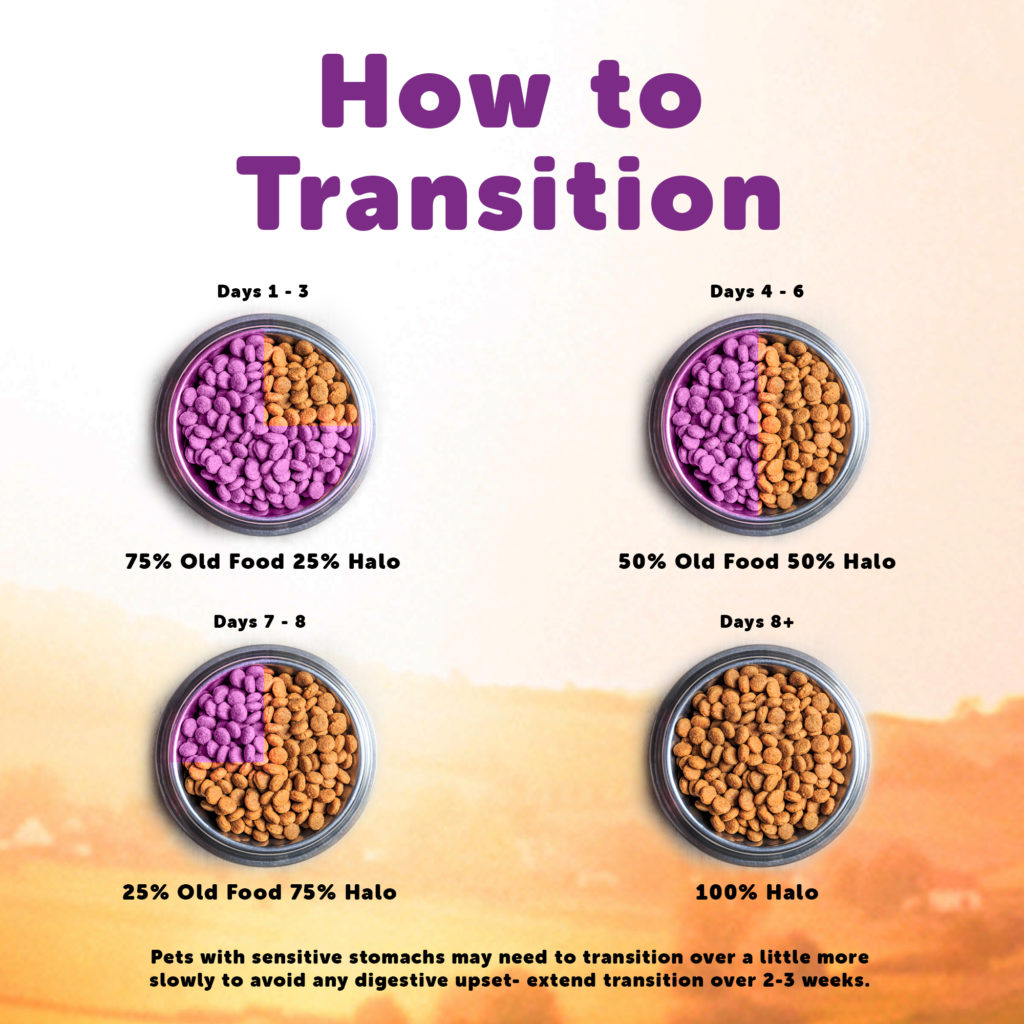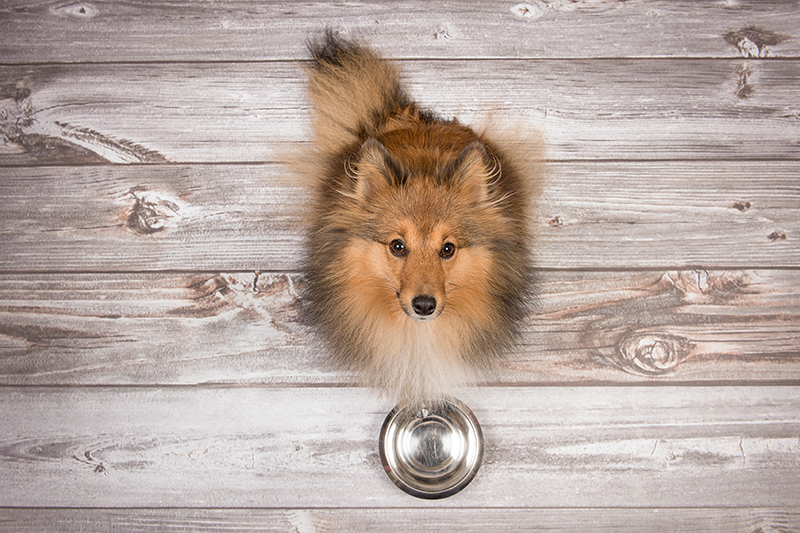You have probably heard this before. Regarding your pet, when transitioning from one formula to another, do so slowly, over a few weeks, by gradually replacing some of your pet’s old food with its new food to the point where the diet consists of only new food.
But why is that the standard recommendation? Where did it come from, and what is it based on?
To start, it’s a rule of thumb—not something written in stone. Dogs and cats evolved over centuries eating fresh prey, sometimes vegetation, scavenging leftovers from other predators, and eventually eating leftovers given out by humans. Many have robust systems and can tolerate any manner of food, as any parent of a sock-eating Labrador will attest to! Yet, some pets do exist with more delicate digestive systems that don’t tolerate dietary changes well, and these are the pets who most need to transition. There’s no harm in slowly transitioning the “iron gut” dogs, but it may help protect the more finicky eaters even more.
What is it that makes some pets intolerable to sudden dietary changes but not others? Quite often, the answer lies with fat. Dietary fat is the most energy-dense nutrient, and it helps to increase the calorie content of foods to meet an animal’s requirements. Fat is a macronutrient, composed of micronutrients or fatty acids. These essential fatty acids are needed by animals for metabolic processes and cellular structural components. Dietary fat is a vehicle for fat-soluble vitamins, such as the essential vitamins A, D, and E. Lastly, as we all know, fat is also highly palatable.
Dietary fat can also be problematic, particularly in the case of a pet transitioning from a formula lower in fat to a formula higher in fat. Dietary Fat is slower to be digested, it stays in the stomach longer and it slows transit time. It requires the secretion of bile acids from the gall bladder to be absorbed, and unabsorbed dietary fat can lead to an unfortunate condition called steatorrhea, the greasy soft stools you may see if your dog suddenly changes diets. A slow transition from a lower fat formula (or even a formula with a different type of fat) can help prevent this, as your pet has more time to adjust to the fat as it gradually increases in each meal during the transition process.
Some dogs (and many cats) may turn their nose up at new food. This doesn’t mean there’s anything wrong with the formula per se, but that your pet may be what is referred to as “neophobic,” meaning they don’t trust new things. We may think the new formula looks better, smells better, has ingredients or a nutrient profile we prefer, but to the dog or cat it may represent the unknown. While it may be frustrating for pet parents, this is an evolutionary strategy to prevent animals from getting sick. The dog or cat who is wary of consuming novel items is less likely to accidentally poison themselves than the dog or cat who will eat anything put in front of them. To avoid this, we recommend that while transitioning, mix the old and new food together. That way the smell of the old food (and if canned food, some of the texture) covers and blends with the new one and masks the novelty. As the transition continues, more and more of the new food will be fed, along with less and less of the old food. Your pet will be more likely to accept the new formula if it gradually emerges from the old one and it isn’t done too rapidly.
If you have questions or concerns, keep a sample of the product, along with the original packaging, and contact the company that produced it. Reputable companies have customer care services to handle your concern and, if warranted, investigate to ensure that every batch of food they put out into the market is safe and nutritious for your pet.
Best wishes and tail wags,
Dr. Sarah Dodd

At Halo, we recommend using the chart provided above as a guideline to help transition your pet from one formula to another. Keep in mind every pet is different (like people!) and some may take longer or shorter times to transition foods.
Halo’s Customer Care Team is top-notch at providing assistance for any questions you may have. Simply call or email us using the contact information below and we will be happy to help.
Halo’s Customer Care Team is available Monday-Friday 9:00 am-5:00 pm EST
Contact us by Phone: (813) 426-4256
Contact us by email: healthypets@halopets.com
Visit our website: https://halopets.com/

